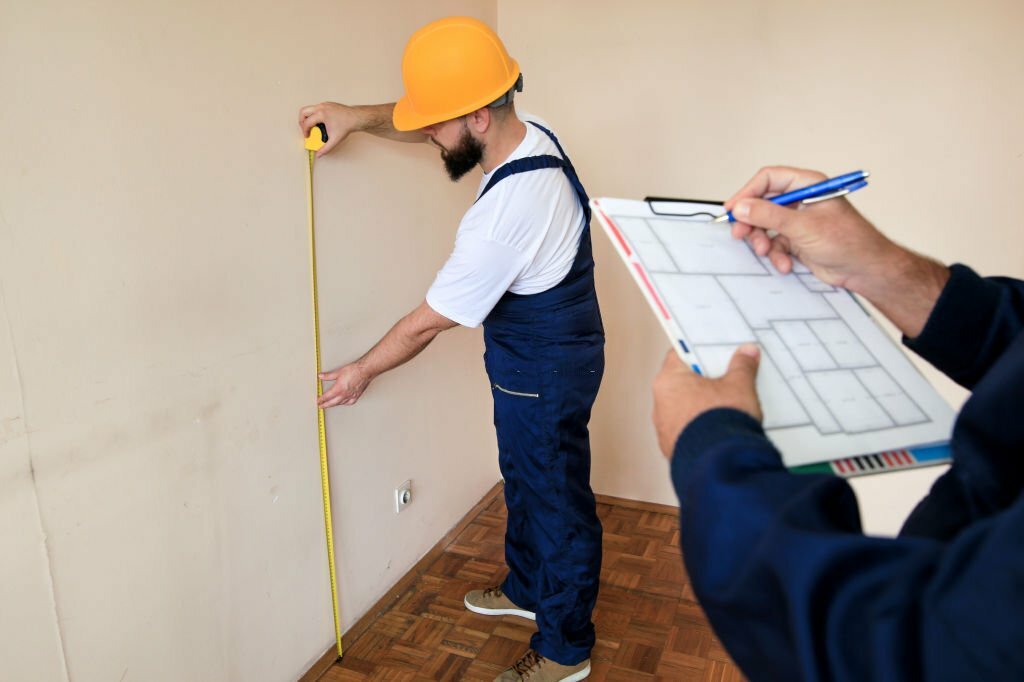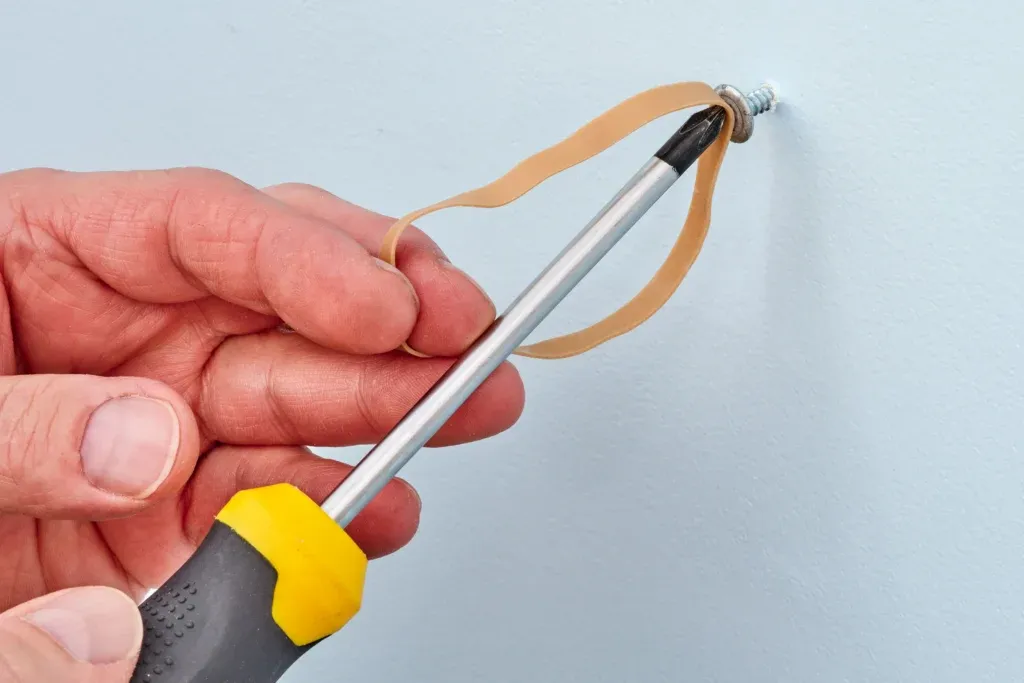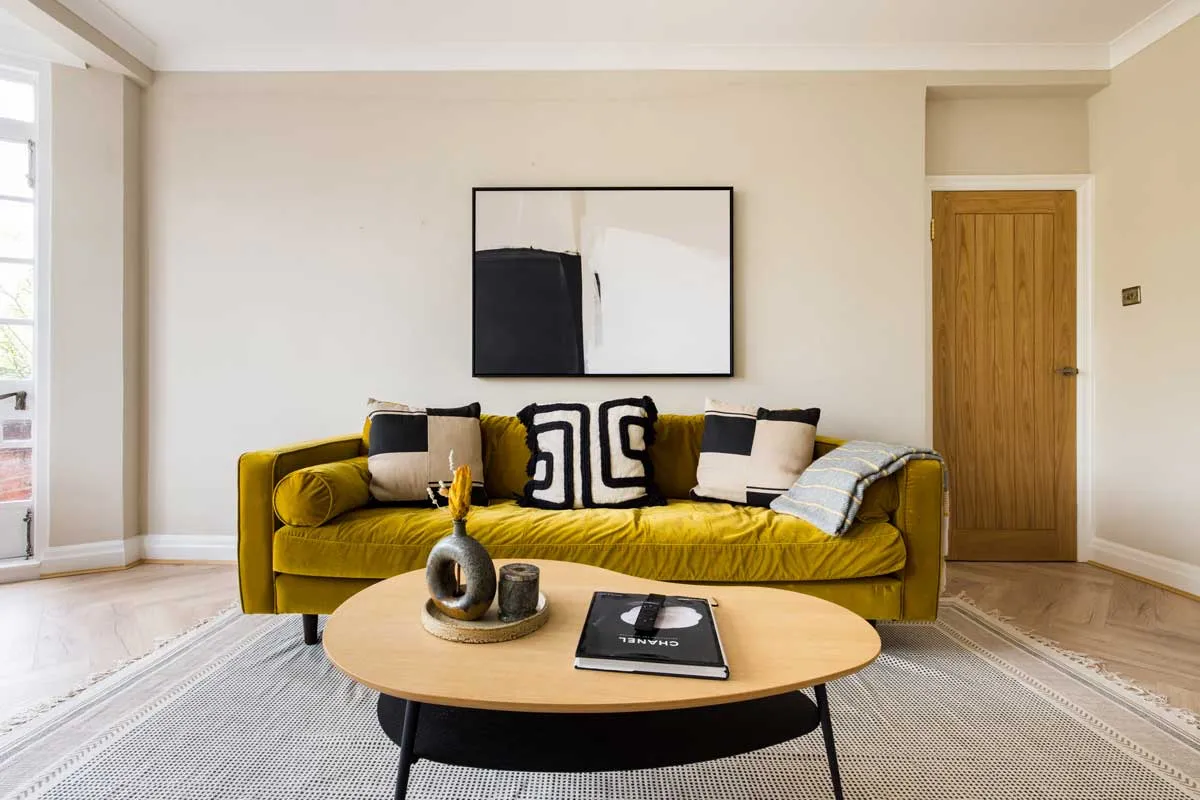It makes sense that as soon as you move into a new place; you want to make it uniquely your own by hanging art, mounting a TV on the wall, and, if you have children, anchoring furniture to the wall for safety.
For each of these tasks, a wall stud must be drilled into. A vertical two-by-four beam placed in the wall for structural support is called a stud. These tricks will come in handy if your stud finder is missing from the beginning or was misplaced in the moving boxes.
We’ve explained how far apart are studs supposed to be placed below. They’re so easy to use that you can quickly and worry-free hang anything.
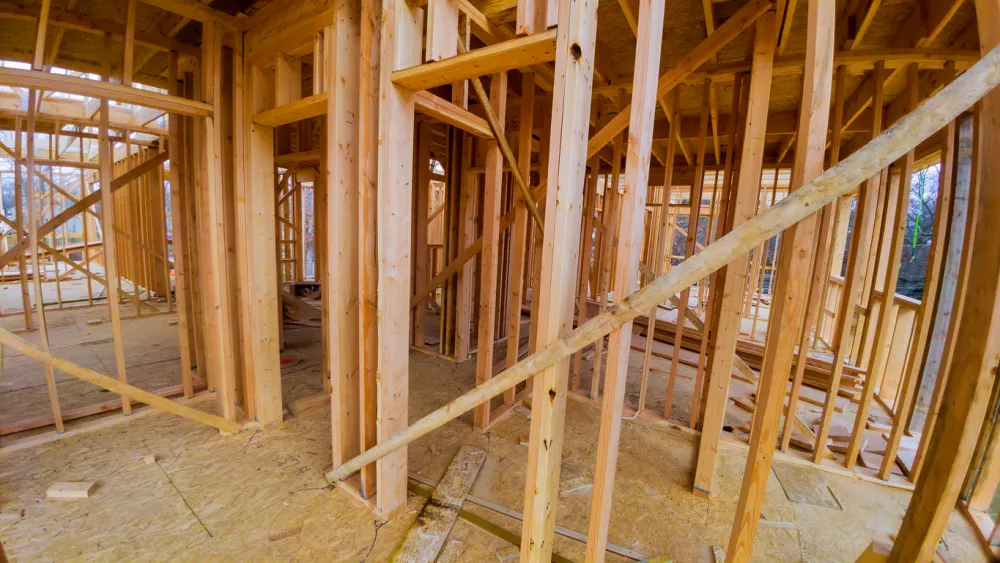
When building a house, you must be aware of the wall stud spacing. There seems to be a lot of information out there that the typical person is unaware of.
But it’s always a good idea to learn as much as you can, particularly about the place you call home.
How Far Apart are Studs Meant to Be Placed?
Vertical boards known as wall studs provide stability and a surface to which you can affix décor.
However, you might not be familiar with spacing the wall studs unless you have construction experience.
However, the majority of wall studs are spaced uniformly. Not every wall space is visible based on how far apart the majority of studs are spaced.
The standard and most frequent spacing between wall studs is sixteen inches.
Thus, place your studs 16 inches apart if you are unsure about how to space them. For all wall studs, this is what most contractors use.
How to Find Wall Studs Using a Stud Finder
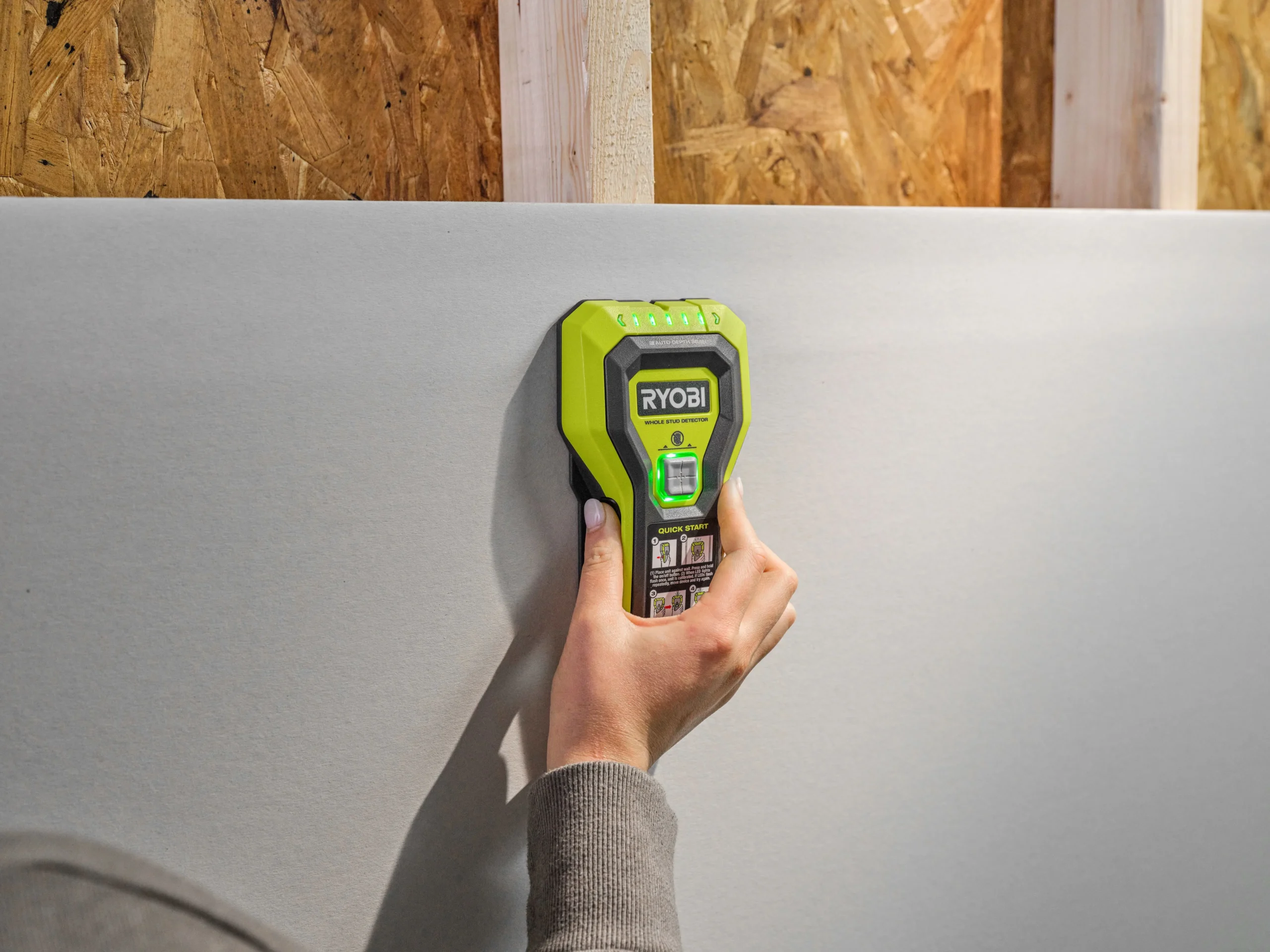
The process of finding studs is made less guesswork-based with the help of modern electrical stud finders. To find a stud using a stud finder, take the following actions:
1. Position the stud finder first: When using an electronic stud finder, lay it flat against the wall close to the desired hanging location.
2. Slide the stud finder slowly: Gently move the stud finder in a single, straight, horizontal direction. Upon reaching the edge of a stud, it frequently emits a beep and either turns on or changes color.
3. Find the opposite end of the stud: Proceed forward on your horizontal route while reversing the direction of the stud finder. You’ve probably found the stud’s opposite edge when it beeps once more.
In homes with plaster beside walls, where the plaster is applied over a wooden lath grid, electronic stud finders are not as accurate. To find studs, you might need to employ your stud finder beside plaster besides other techniques.
Ways to Find Wall Studs Without a Stud Finder
It can take some skill to locate wall studs, particularly if you don’t have a stud finder. To find studs behind plaster or drywall precisely, use these measurements and techniques:
1. Measure from the corner: The center distance between most studs is sixteen inches. You can measure away from the edge to where the next stud should be because studs are always at the edge of walls or windows.
2. Take a reading from a light switch: Most likely, electrical boxes, outlets, and light switches are fastened to studs. You can measure the distance to the next stud with a tape measure.
3. Measure from a window: Additionally, windows have studs on both sides, so you can measure from their edges to determine where the next studs are located.
This approach can be a little inaccurate because the studs that flank windows are occasionally doubled, and it’s not always obvious where the window framing edge is behind the wall.
4. Check the wall for indentations: On the surface of the wall, the fasteners that secure the interior wall surface to the studs can occasionally be seen as tiny impressions or dimples. If multiple are visible in a straight line, there probably is a stud behind the wall.
5. Knock on the wall: Using a hard object, such as your knuckles or the handle of a hammer, lightly tap the walls.
Pay attention to how the sound changes: the studs will create a muffled, solid sound, while the open wall space will sound hollow.
6. Apply magnets: A do-it-yourself alternative to a battery-operated magnetic stud finder is to locate the tiny nails or screws that hold the drywall to the studs using a strong magnet.
You can observe where the magnet is drawn to the metal underneath by suspending it from a string near the wall.
How to Hang Pictures on a Stud

Here are some pointers on hanging your photos once you’ve located the wall studs in your room, now that you know what studs are and where to look for them:
1. Clear the space where the picture frame will be hung of dust.
2. Before settling on a location, be sure to locate the wall stud.
3. After locating the wall stud, raise the picture frame to the desired height and use a pencil to make a pencil mark at the top of the frame on the wall.
4. Grasp a measuring tape and attach it to the hanging wire or hanging metal component at the rear of the frame using the metal hook at the end of the tape. It ought to resemble how the wall hanging will be.
5. Record the distance from the wire’s tip to the top of the frame.
6. After you have marked the distance on the wall below the height you previously indicated, hammer in a nail to support the weight of the picture frame and hang it there.
Finding the wall studs in your apartment is an important step that you shouldn’t omit when hanging large frames or TVs.
Every move you make in the apartment could pull these items out of their safe attachment to a wall stud and pull the drywall down with it.
So, to save yourself the trouble and keep your security deposit, take the time to add a stud finder to your toolbox before organizing your decor.
